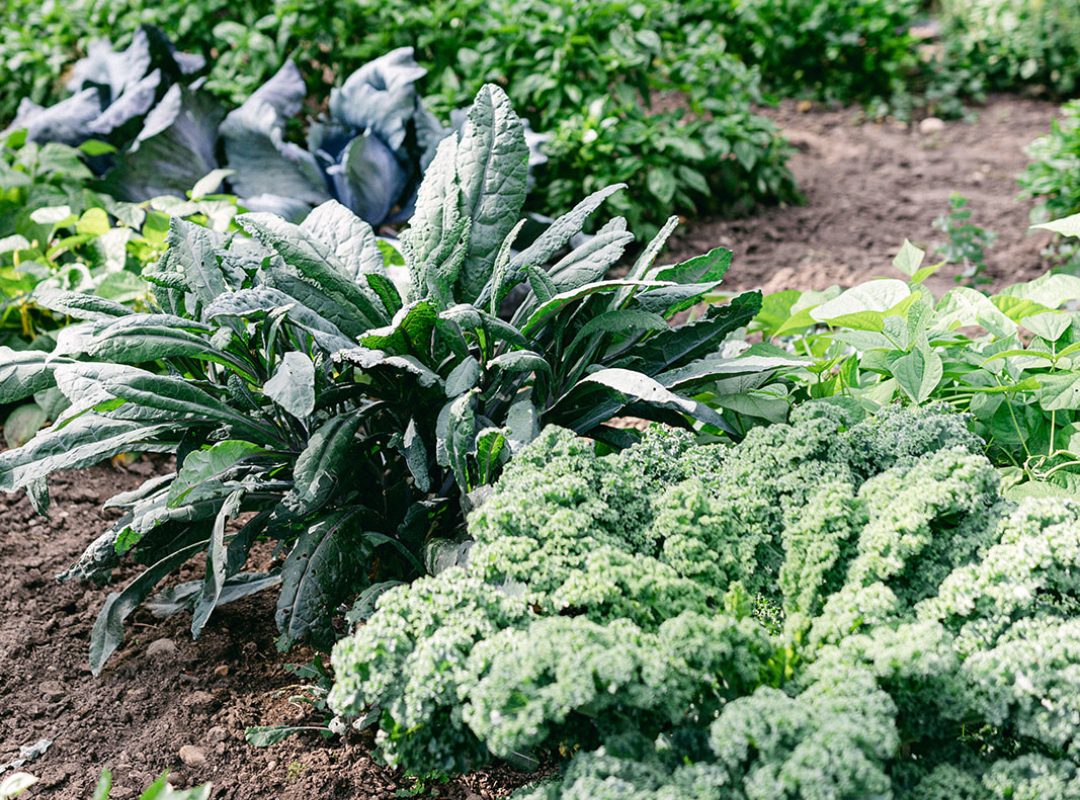Grow Your Own Leafy Greens: A Nutritious, Cost-Effective, and Pesticide-Free Solution for Healthy Eaters
Do you know where your leafy greens are coming from?
More than 98% of our country's leafy greens are grown in 2 places: US Salinas Valley, Ca and Yumas Valley, AZ. There is a cost to this: fuel, packaging, decreased nutritional value, food waste, the risk of chemicals/preservatives on your greens. . .
Spinach and kale top the list of produce most contaminated with pesticides, both averaging higher levels of at least two different residues. When's the last time you had spinach or kale in your salad or smoothie??
Pesticide residues have been detected in 96% of humans, according to the CDC biomonitoring program. And the list of negative impacts these pesticides have on our bodies is staggering.
Recalls on Leafy Greens
Lettuce recalls have become more frequent, particularly with romaine from the Yumas Valley, but spinach has also hit the news. It has come to a point where the FDA has started the "Leafy Greens Action Plan" to enhance the safety of leafy greens.
While spinach is a personal favorite (and such a versatile ingredient!), I know many people making healthy lifestyle changes embrace kale as a new green addition to their plates and smoothies. Incorporating nutrient-dense greens to your diet is a heart-healthy way to boost the natural vitamins, minerals, and antioxidants your body needs. And the cleanest, healthiest, freshest way to reap the nutritive benefits of leafy greens?
Start growing your own salad greens!
Because seeds are inexpensive, and salad greens have the versatility of being planted in-ground, in beds, or in pots, you can grow an abundance of leafy greens at a low cost in a small space. In fact, the 4x4 section of greens I planted in a cold frame this spring fed my family of two for months!
Salad gardening is one of those gifts that can keep giving for many months out of the year, and depending on where you are geographically, maybe even year-round!
Many greens are cold-tolerant and are perfect for late fall and winter crops. Kale especially likes a light frost, and the flavor sweetens in colder weather.
And when summer rolls around, Malabar spinach thrives in heat.
No excuses – there are plenty of salad garden options!
How to Start Growing Your Own Salad Greens
A few considerations and questions to ask yourself before you begin so you can create a garden routine that fits your specific lifestyle:
How much time per week do you want to spend in the garden?
What is your budget?
What is your gardening experience?
How much space do you have?
What ingredients do you regularly buy that you could start growing instead? (salad greens, herbs, teas)
Now decide on your location:
In-ground
Raised beds
Containers or pots/ window boxes
Seed Starting Leafy Greens
Salad greens prefer to be started directly by seed - no need to purchase plants. Starting your greens from seed is more economical and allows you to choose from a wider variety of different types of greens, which may not be available at your local garden store.
And one of the biggest perks is that you will know the whole life cycle of the greens you’re eating, meaning you know they are organic, pesticide-free, and picked fresh.
When you sow seeds, plant them the same depth as the size of the seed (AKA not very deep at all). Use an organic soil mix.
Keep the seed moist until they germinate and resume watering as needed. Make sure you are putting your finger into the soil to feel for moisture; you don’t want your plants to dry out, but you also don’t want them sitting in soggy soil.
Greens need 4-6 hours minimum of sunlight.
Salad greens aren’t like a pepper plant that continues to produce all summer long. So when your harvests are over, add some fresh compost and start again! This also allows you to switch up the varieties you plant, making it easy to try new varieties.
Feeling like you need more guidance on seed starting? I designed a guidebook that can walk you through creating an abundant salad garden, start to finish. And there’s even recipes so you can make beautiful garden-to-table meals with your harvests. Whether you’re a pencil-on-paper kind of person, or the idea of being able to pull up a digital version on your phone right when you need is more alluring, I’ve got something for everyone - check it out!







